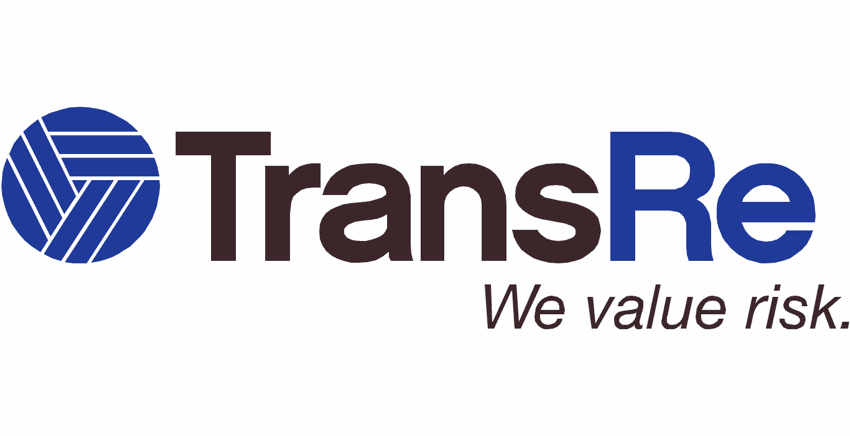TransRe gets Bowline Re cat bond at $165m, priced above guidance

Global reinsurance firm TransRe has now secured its new Bowline Re Ltd. (Series 2022-1) catastrophe bond at a slightly below target $165 million in size, while all three tranches of notes seeing their coupons priced above the initial guidance levels.
Transatlantic Holdings, the Alleghany Corporation owned parent company to Transatlantic Reinsurance (or TransRe), returned for its third Bowline Re catastrophe bond issuance in April, as it sought international retrocessional reinsurance coverage from the capital markets.
TransRe’s previous Bowline Re cat bonds only covered losses from US perils on an annual aggregate basis for the company, but this third issuance added Japanese earthquake risk into the mix.
At launch, TransRe was seeking $175 million of both aggregate and occurrence PCS industry loss index based retrocessional protection across a three-year term from the cat bond market with this deal.
In our update on this cat bond issuance last week, we explained that the issuance looked set for $175 million to be the maximum size, while the pricing looked set to elevate above guidance.
We can now report that has been the case, As TransRe has now priced its new Bowline Re 2022-1 catastrophe bond, but only at $165 million in size and with prices all fixed above the original coupon guidance that had been issued.
So, with this new and now priced Bowline Re 2022-1 catastrophe bond, TransRe will benefit from $165 million of retrocessional reinsurance protection against catastrophe losses from peak zones around the world across a three-year term.
The Class A tranche of notes will provide TransRe with $40 million (the lower-end of the target size) of annual aggregate protection against losses from U.S., Puerto Rico, U.S. Virgin Islands, D.C., Canada named storm and earthquake risks, on a territory and business line weighted industry loss trigger basis.
The Class A notes have an initial attachment probability of 2.3%, an initial expected loss of 2.01% and were first marketed to investors with price guidance in a range from 5.75% to 6%, but that price guidance was lifted to 6.25% to 6.5% and we’re now told has been fixed at 6.35%.
The Class B tranche of notes, which cover the same perils on the same aggregate and industry index basis as the Class A’s, but at a much riskier, lower level, achieved the upper-end of the size target of $75 million in size, we’ve learned.
The Class B notes have an initial attachment probability of 8.27%, an initial expected loss of 6.85% and were first marketed to investors with price guidance in a range from 15.75% to 16.5%, but the pricing was then fixed at 17% which is where this tranche of notes has now been priced, according to Artemis’ sources.
Finally, the Class C tranche, that will provide TransRe with $50 million (the target size) of per-occurrence retro reinsurance protection against losses from Northeast US named storms and earthquakes, as well as Japanese earthquakes, on a weighted industry loss index trigger basis.
These Class C per-occurrence notes will have an initial attachment probability of 5.3%, an initial expected loss of 3.57% and were first marketed to investors with price guidance in a range from 7% to 7.5%, which was then lifted to a range of 7.75% to 8%, and we’re now told has priced to pay investors a 7.75% coupon.
While TransRe has experienced the price increases that the entire catastrophe bond market has been experiencing, it has achieved very close to its targeted level of retrocession with this transaction, demonstrating its commitment to the insurance-linked securities (ILS) market when sourcing protection.
You can read all about this new Bowline Re Ltd. (Series 2022-1) catastrophe bond and every cat bond transaction since the market’s inception in the Artemis Deal Directory.






